Dandelion is a very hardy perennial plant with small bright yellow flowers. In the people it is also called kulbaba, emptiness, milkman, milkweed, Russian or yellow chicory. It is widespread in many temperate countries. In spring, it can be seen in almost all yards and on roadsides.
Dandelions are known to everyone, but few know that this seemingly plain-looking plant has powerful medicinal properties. Its root has been used for centuries in folk medicine as a general restorative. At the same time, it is important to understand that, in addition to a wide range of useful properties, dandelion root has significant contraindications: it is forbidden to take it in case of gastrointestinal tract diseases, complicated pregnancy and some other conditions.
Content
Common beneficial properties of dandelion root
The root of dandelions is pivotal, rather long (about 60 cm) and thick (up to 2 cm in diameter). Since ancient times, European herbalists have used it to treat fever, diarrhea, and diabetes. In traditional Chinese medicine, this plant was used for digestive problems, as well as to improve lactation in nursing mothers.
Aborigines of the American continent knew the rhizome of kulbaba as a cure for kidney disorders, indigestion, and skin diseases.
The underground part of the kulbaba has numerous healing properties:
- This is an excellent choleretic drug that relieves pain in the liver.
- It facilitates the digestion process, eliminates excessive fermentation in the digestive tract, has a laxative and diuretic effect, promotes weight loss.
- Also, this herbal remedy has antioxidant, antispasmodic and anti-inflammatory properties in diseases of the urinary tract.

Useful properties of dandelion root - Dandelion lowers blood cholesterol, improves kidney function, activates the outflow of bile, eliminates bloating and protects against helminths.
- This root is also used for colds, flu, bronchitis.
- With sedative properties, the plant is useful for the treatment of neurosis.
- Diabetics use the root as a medicine against high blood sugar and diabetic neuropathy.
- As a natural pain reliever, hollowness is useful for rheumatism and arthritis, and helps to restore cartilage tissue.
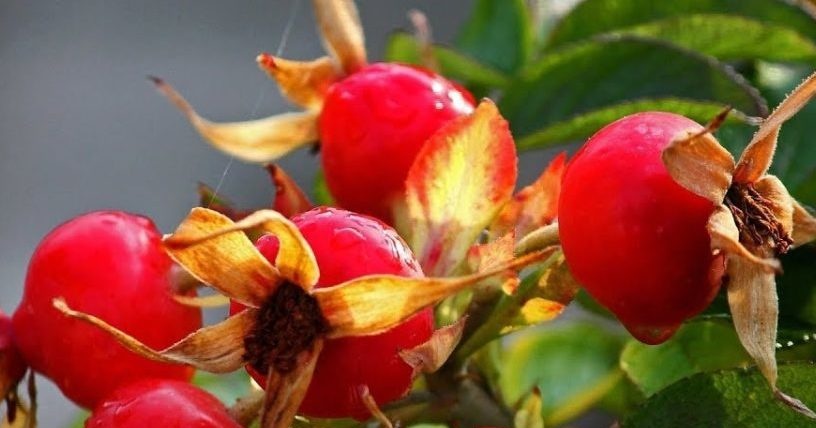 You may be interested in:
You may be interested in:The chemical composition and benefits of the components
Dandelion is rich in vitamins, minerals and fiber. It contains vitamins A, C, K, E and some of group B, as well as iron, calcium, magnesium, zinc, copper and potassium. In addition, the root of this plant contains a substance from the group of carbohydrates - inulin. It is a soluble fiber that supports healthy intestinal microflora. This substance helps in the prevention and treatment of constipation, and also reduces blood sugar.

The underground part of the empty space is incredibly rich in antioxidants, thanks to which the plant has a wide range of beneficial properties. In particular, it contains a high level of beta-carotene antioxidant, which protects the body's cells from destruction.
The plant is rich in biologically active compounds - polyphenols, which also have antioxidant properties. And although most of the polyphenols are concentrated in the flower, some reserves of this substance are also present in the roots of the plant. Thanks to these components, the medicinal herb has an anti-inflammatory effect. Laboratory studies have shown that the bulwark root is effective even with pneumonia. It is also rich in choline, which takes part in the process of blood formation, cures anemia, strengthens the immune system.
The effect is achieved due to the fact that chlorogenic acid stimulates insulin secretion, while improving muscle glucose uptake. As a result, the body's sensitivity to insulin increases and blood sugar levels decrease.
The special chemical composition of the roots of the plant allows you to use it as a natural remedy for lowering cholesterol, and therefore for the prevention of cardiological ailments. Due to its potassium content, it helps lower blood pressure. Also, this natural raw material improves kidney function and has a diuretic effect.
Tea made from dandelion roots is considered a good detox, as well as a cure for edema. There is laboratory evidence that dandelion can be very beneficial for the liver. In particular, its rhizome protects the gland from oxidative stress and prevents its fatty degeneration.
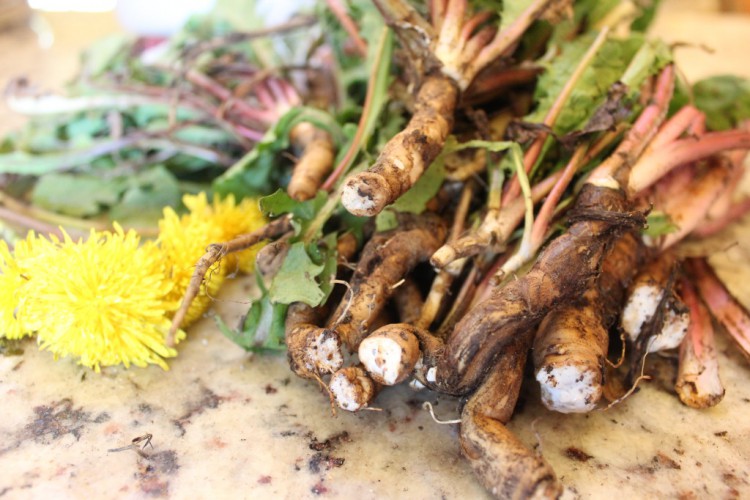
Other biologically active components contained in dandelion roots improve carbohydrate metabolism and reduce fat absorption, which contributes to weight loss. By the way, chlorogenic acid also reduces the amount of hormones in the body that are responsible for the accumulation of body fat. Thus, rhizomes of Kulbaba can be quite effectively used for the prevention and treatment of obesity.
What are the benefits for women?
In traditional Chinese medicine, dandelion root is known as a natural remedy for improving lactation in nursing mothers. It is useful for women suffering from PMS. Kulbaba helps normalize hormonal levels, in particular, normalizes estrogen levels.
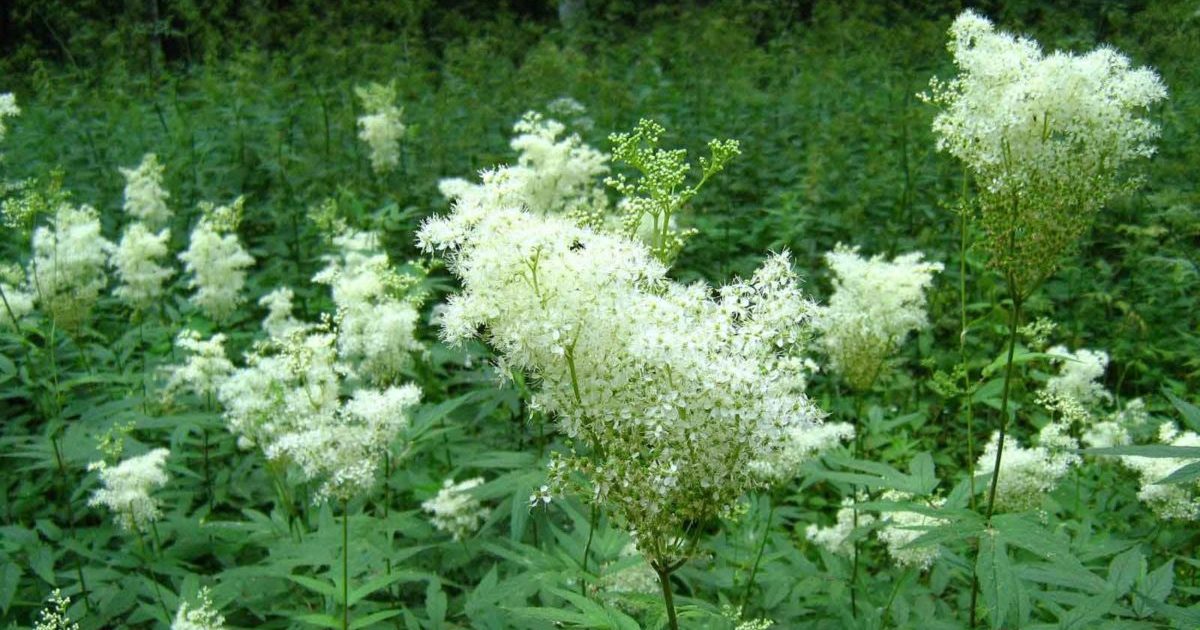 You may be interested in:
You may be interested in:By the way, it is the elevated level of this hormone that is called the cause of menstrual irregularities, fibrocystic state of the chest, excessive emotionality, frequent headaches, hair loss, excess weight, memory impairment, insomnia and even infertility. Therefore, for the treatment of all these conditions, dandelion root is successfully used.
Nowadays, rhizome extract is actively used in the beauty industry. It is added to cosmetic products for skin care, body lotions. Dandelion extract is very useful for oily skin and hair. Also, this plant helps to treat acne, acne, urticaria, psoriasis.It slows down skin aging, promotes rapid cell regeneration, provides photo protection, eliminates freckles and age spots.
The main contraindications and harm dandelion root for the body
Dandelion is low in toxicity and is safe for most people. But there are exceptions. So, phyto-remedy is categorically contraindicated in:
- exacerbation of cholelithiasis;
- blockage of the biliary tract;
- indigestion;
- high acidity;
- gastrointestinal ulcer.
In people with especially sensitive skin, culbaby juice can trigger contact dermatitis. People suffering from allergies, in particular to ragweed, can potentially get a reaction after eating dandelion. An extract of this plant, interacting with certain medications (especially diuretics, antibiotics, blood thinners and diabetes), can cause unwanted reactions.
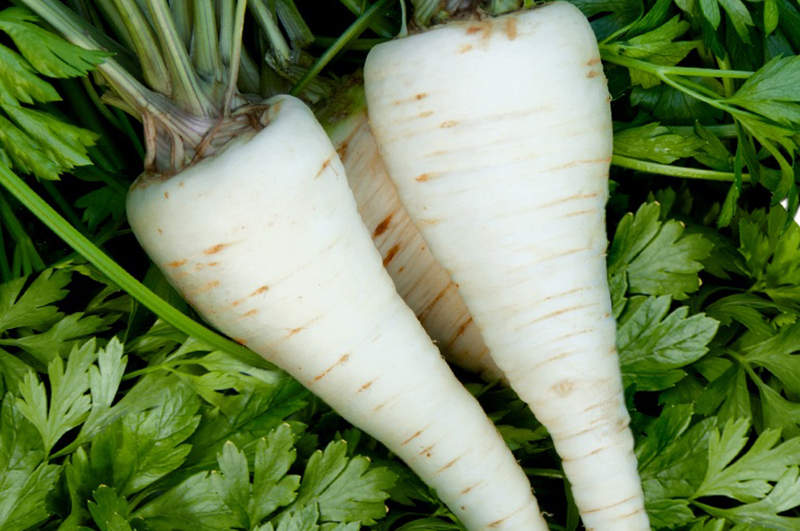 You may be interested in:
You may be interested in:Harvesting raw materials and recipes of traditional medicine
The roots of the plant can be bought at any phyto-pharmacy, but if desired, they can be easily prepared on their own. Raw materials can be collected in spring (from April to May) or in autumn (from September to October). The dug out roots must first be thoroughly washed, cut into small pieces, and then dried either in the dryer (at a temperature of 45-50 degrees), or in a warm, well-ventilated place for 1-2 weeks. The roots are considered to be well-dried if they produce a characteristic crack when cracked. Harvested raw materials are stored in linen bags away from moisture or in a hermetically sealed container.
Since ancient times, dandelion roots have been used by folk healers to treat a variety of ailments. Many of these recipes are successfully used by herbalists today.
| Disease | Cooking | Mode of application |
|---|---|---|
|
Lack of appetite Anacid gastritis Diseases of the liver and gall bladder Constipation Gout Renal colic |
1 tbsp. l pour raw materials 1 cup boiling water, leave for 2 hours | Drink 0.25 glasses 3 times a day for 30 minutes. before meals |
|
Cold Cough |
Take 1 tbsp. l dry roots for 1 cup of hot water, insist 1 hour | Take 100 ml three times a day before meals |
| To improve lactation | Mix 5 g of roots in powder, 5 g of honey, a little lemon juice and 200 ml of boiling water | Consume 1/3 cup 3 times a day 30 minutes before meals |
|
Angina Stomatitis Gingivitis |
1 tbsp. l dry rhizomes mixed with 250 ml of boiling water, leave for 1 hour | Gargle and Mouth |
|
Chronic rhinitis Adenoids |
1 tsp add roots to 1 cup of hot water, leave for 20 minutes | Consume 0.25 cup three times a day |
|
Chronic fatigue Stress Metabolic disease Lack of appetite |
1 tbsp. l pour 1 cup of alcohol or vodka, insist in the dark for 14 days | Drink 30 drops 3 times a day before meals. Course - 14-21 days |
|
High cholesterol Gout Rheumatism Sclerosis Body waste |
Grind dry root into powder | Drink 2 g with water 3 times a day 30 minutes before meals |
| Eczema | Mix 2 parts of honey and 1 part of dry root powder | Apply to affected areas |
|
Freckles Dark spots |
2 tbsp. l - 300 ml of boiling water, cook in a water bath for 30 minutes | Wipe the skin several times a day, do lotions for 15-20 minutes |
|
Cholecystitis Cholangitis |
Mix 1 part of the root of kulbaba and chicory, caraway flowers. Take 1 tbsp. l mixes per 250 ml of boiling water, cook for 5 minutes, insist 30 minutes | Drink 1/3 cup three times a day for 20 minutes of eating food |
| Gastrointestinal diseases | Mix 2 parts of yarrow and wormwood, 1 part of the root of the void. 1 tbsp. lpour 200 ml of boiling water into the mixture, leave for 20 minutes | Consume 1 tbsp. l three times a day 15 minutes before meals |
| Joint diseases | 1 tsp chopped fresh greens of kulbaba and 5 g of its root pour 1 cup boiling water, leave for 60 minutes. | Drink 1/3 cup 4 times a day half an hour before meals. Course - from a few days to 2-3 weeks |
| Type 2 diabetes | Grind dry root in a coffee grinder | Take 1/2 tsp. With water 30 minutes before breakfast |
The use of dandelion roots in everyday life
From the roots of dandelion, you can make a drink that resembles coffee. For such purposes, take the raw material, fried in the oven until golden brown. After heat treatment, the rhizome acquires a sweet aroma and taste resembling a real invigorating drink.
To make dandelion coffee, you need 1 teaspoon of crushed roots pour a glass of cold water, bring to a boil and cook for 5-10 minutes under a closed lid over low heat. To improve the taste, you can add warm milk and a little honey to the filtered drink.
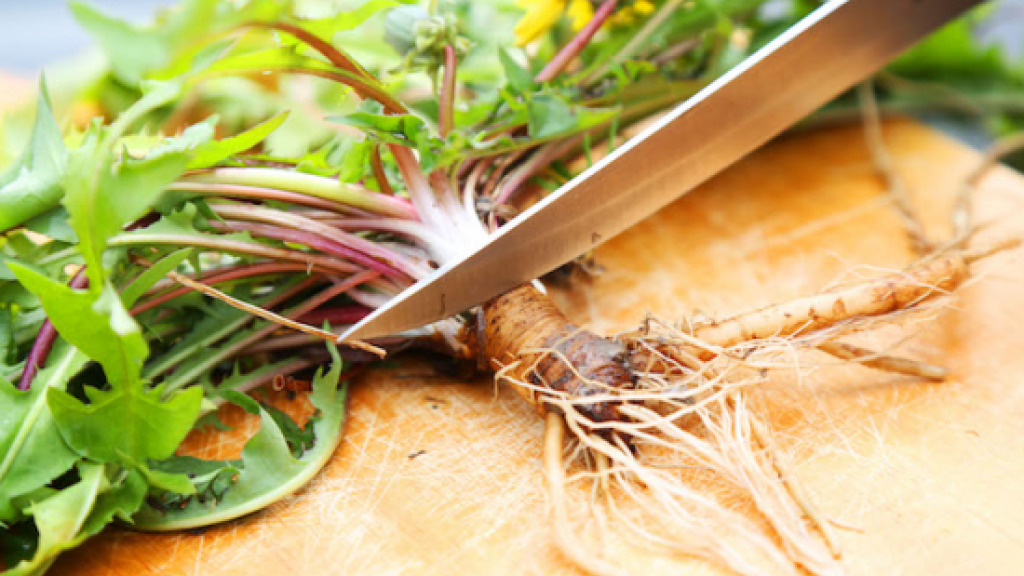
Powdered rhizome can be added to creams and masks for home use, and even to shampoos - after such washing, the hair will be softer and more obedient. Dandelion powder can also be mixed with massage oil - you get a good remedy for inflammation.
Common questions
For many, dandelion is just an annoying weed, however, its rhizome is very much appreciated in herbal medicine. The use of the plant rarely causes negative reactions of the body, but self-medication is still better to avoid. In order for the herb to benefit, the dosages must be carefully observed and not exceed the prescribed treatment period.

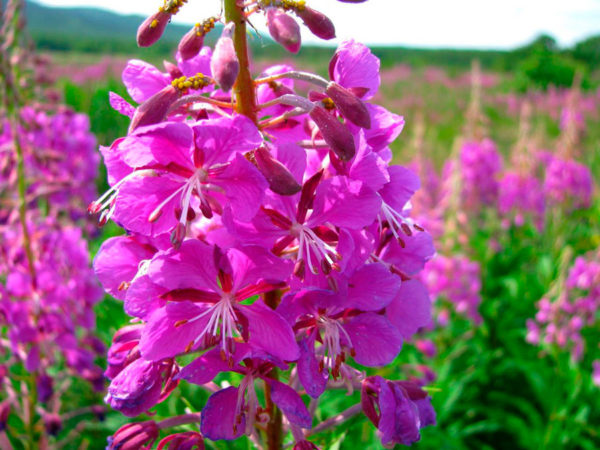
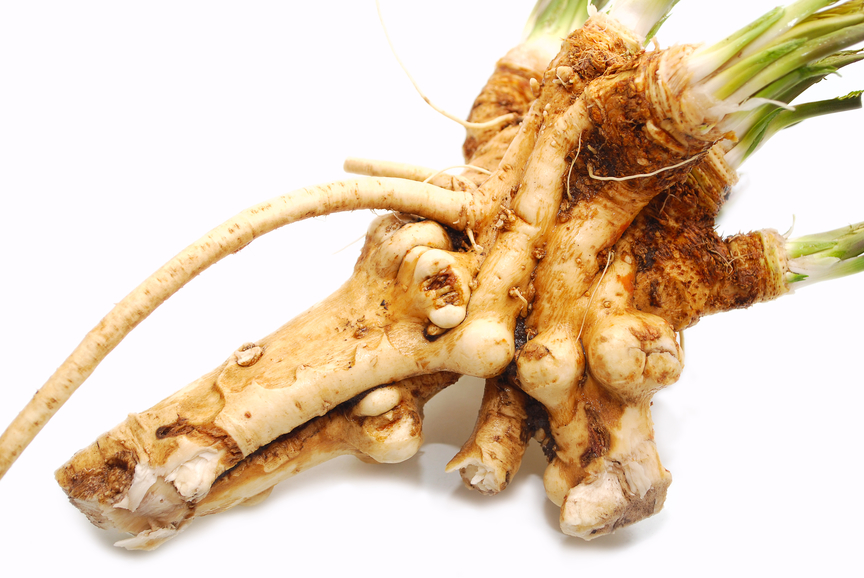
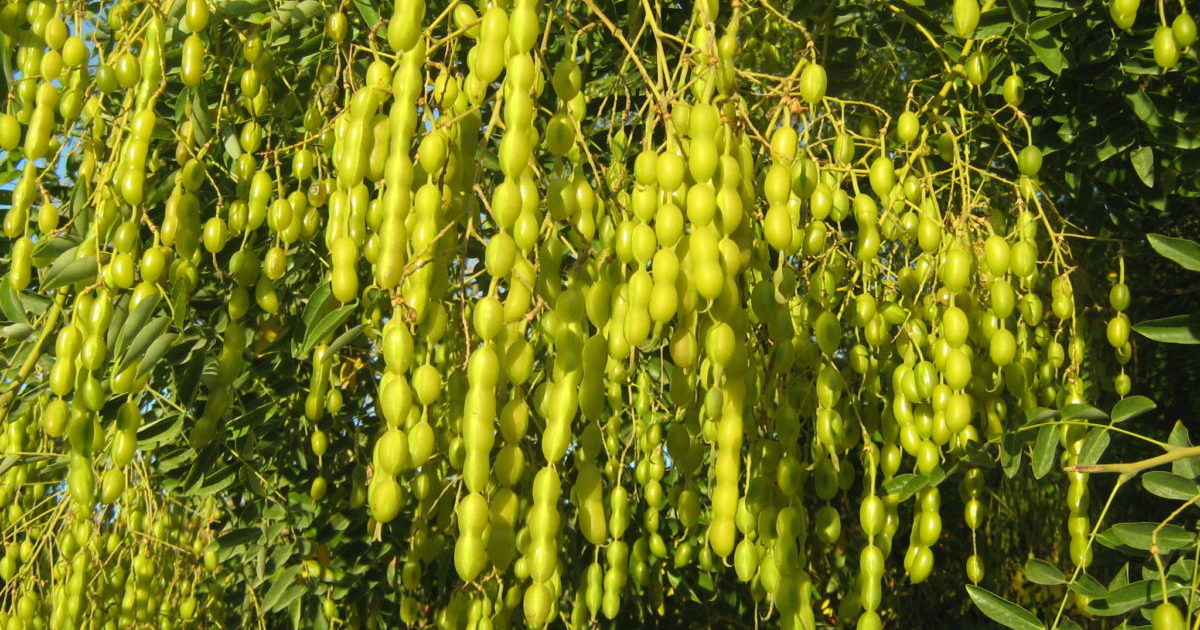
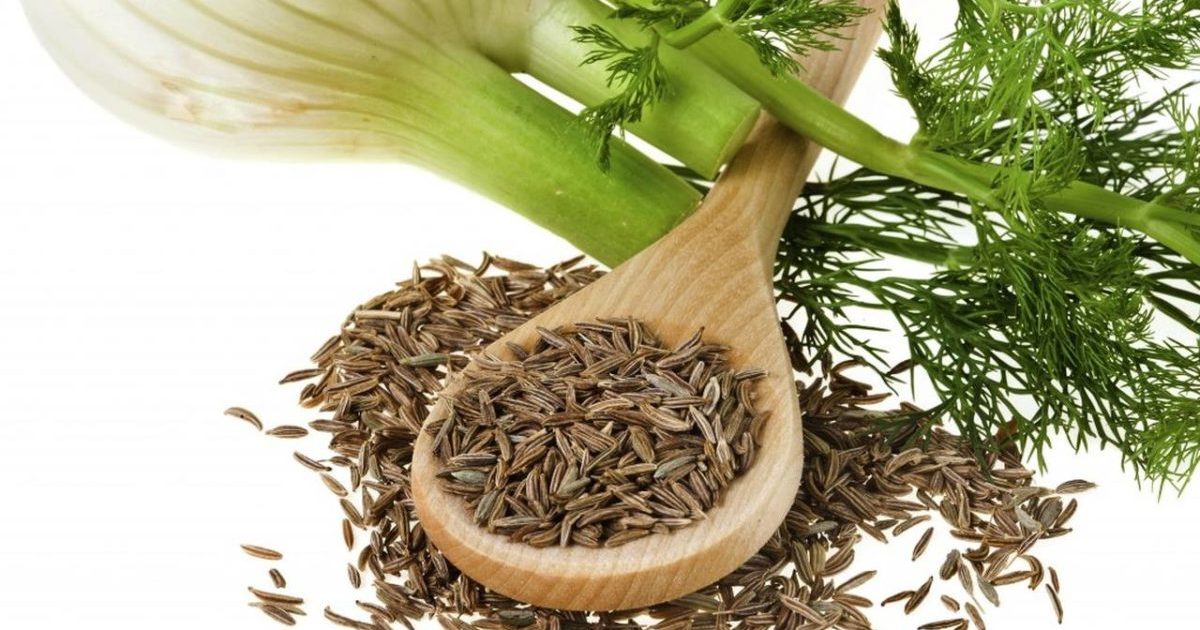 Fennel - beneficial properties and contraindications
Fennel - beneficial properties and contraindications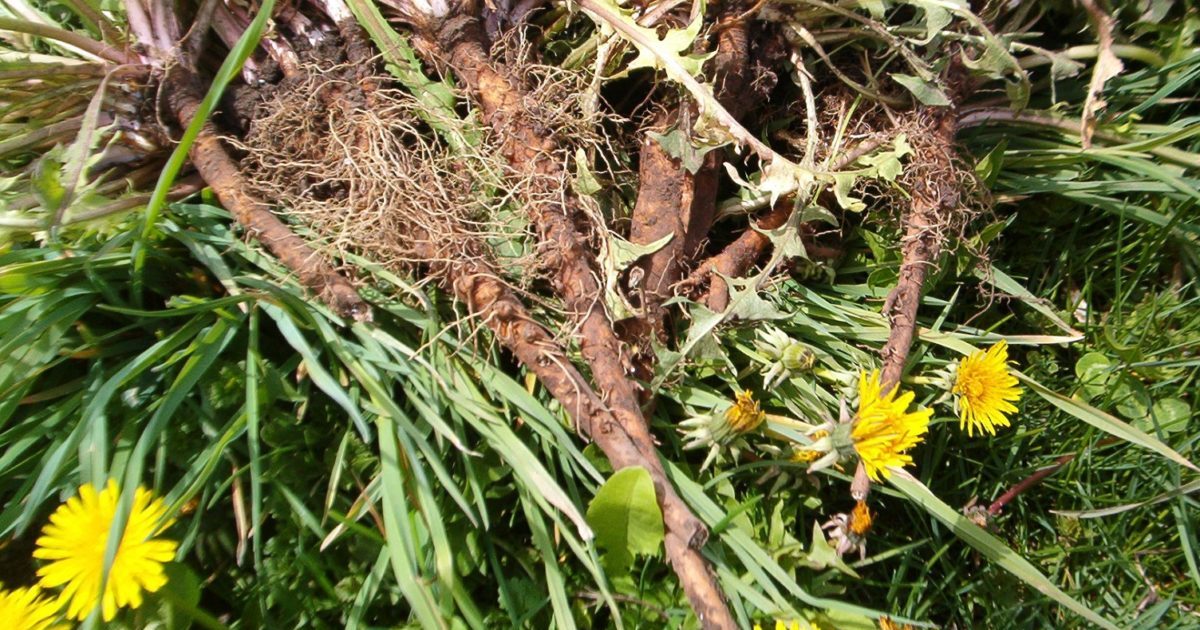 Dandelion Root - Health Benefits and Contraindications
Dandelion Root - Health Benefits and Contraindications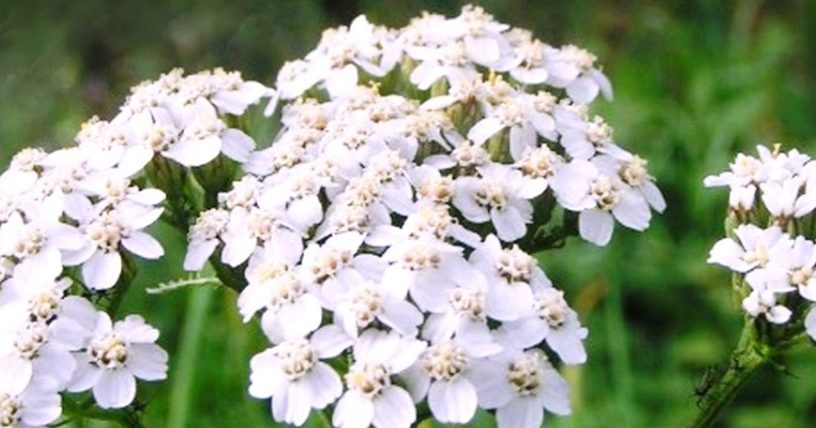 Yarrow - beneficial properties and contraindications for health
Yarrow - beneficial properties and contraindications for health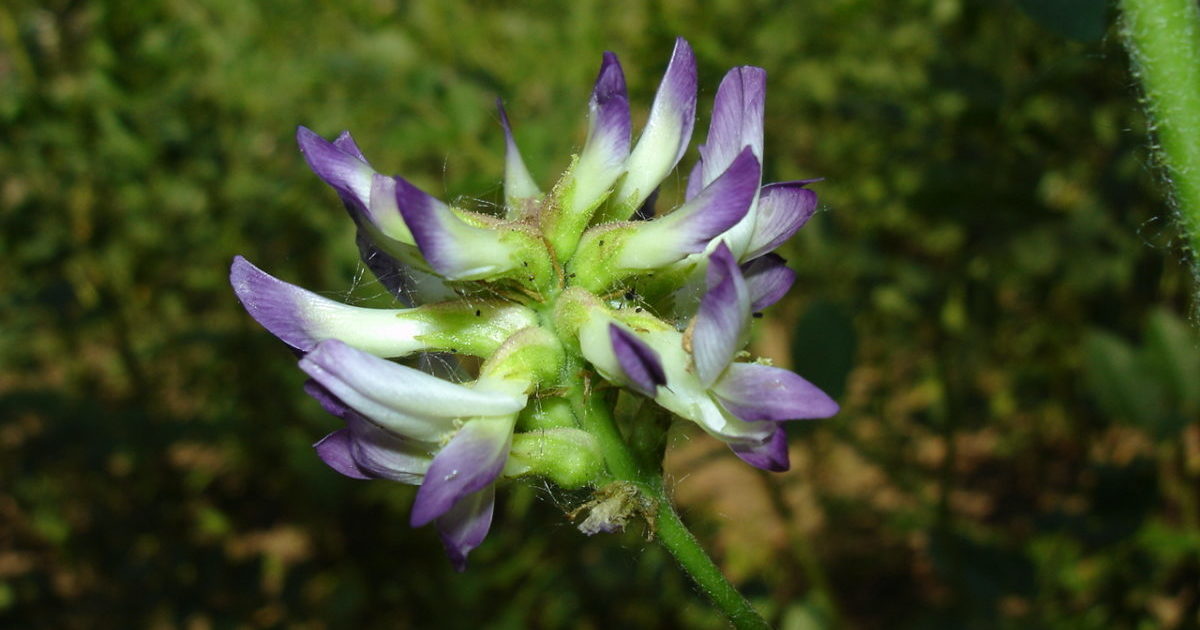 Licorice - beneficial properties and contraindications for health
Licorice - beneficial properties and contraindications for health